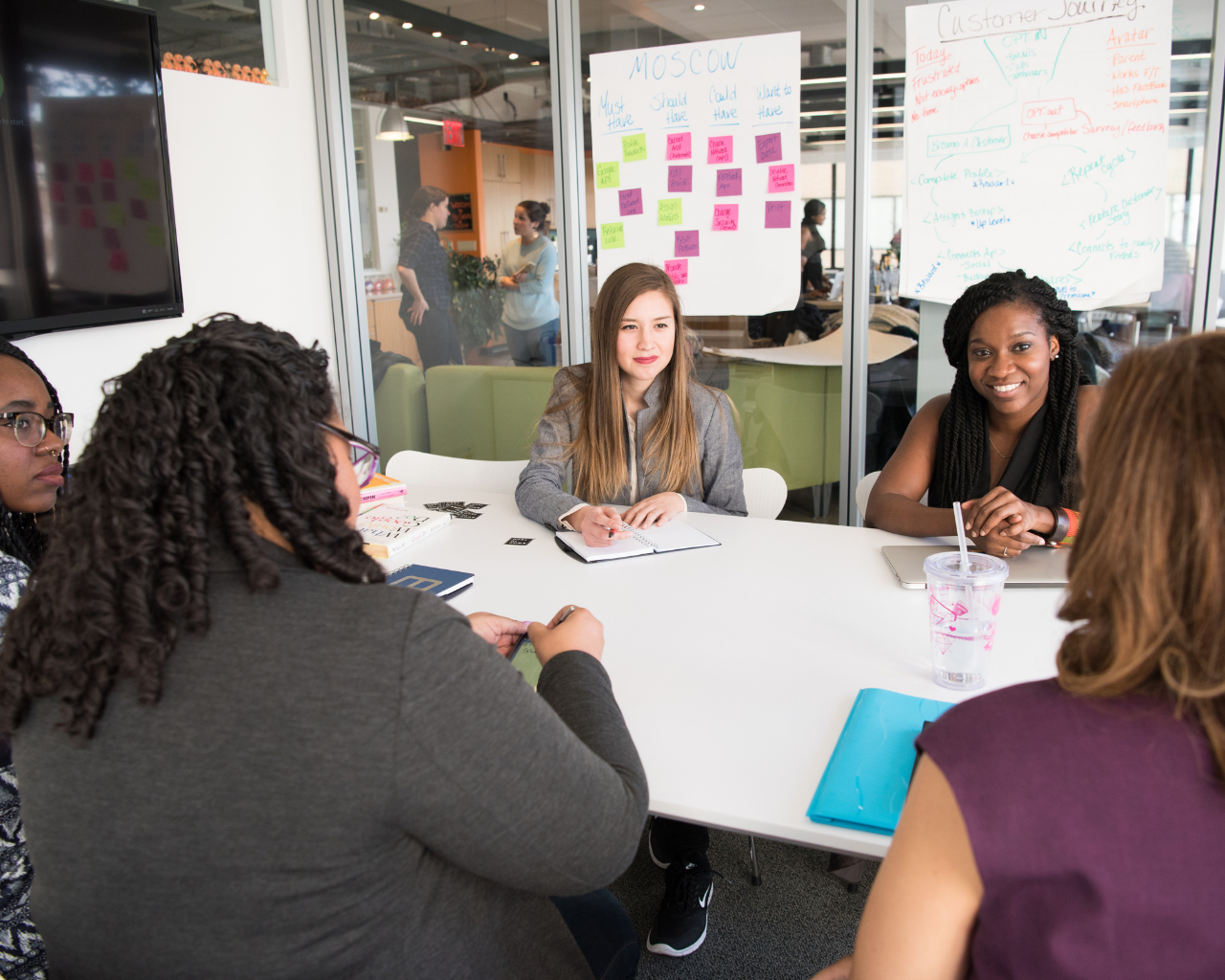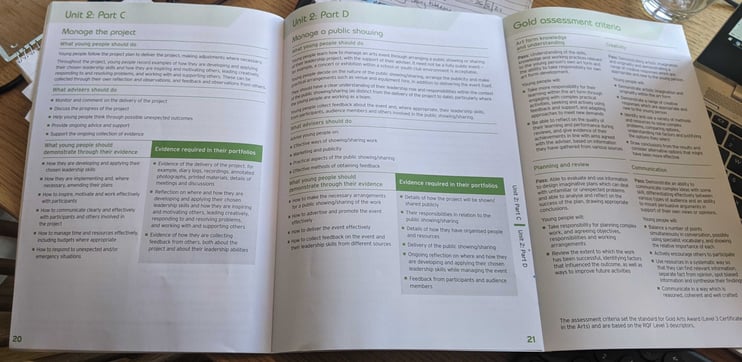
Top tips from our Senior Moderator

BY: Judy Knowles
17 Oct 2022
It was wonderful to see so many Arts Award centres back to delivering Arts Award and entering young people for Arts Award! Now the dust has settled we asked our Lead Senior Moderator, Judy Knowles to come up with her tops tips for advisers and centres when assessing and entering young people for Arts Award, to ensure that everything goes as smoothly as possible.
Judy has been an Arts Award moderator since the early days of Arts Award as well as doing many other roles supporting the Arts Award team here at Trinity. She recently took on a new role as Lead Senior Moderator supporting training and standardisation of our panel of moderators.
Check out Judy’s tips and feed these into your planning and delivery for the year ahead.
- Toolkit!
This is an old chestnut that we always mention, but you can’t go wrong if you have your Adviser Toolkit handy. Please use the toolkit all the way through your delivery process (not just at the end), to inform your planning and always make sure it’s to hand when talking to young people about their work or checking over any work in progress.
- Don’t forget the Assessment Criteria
Refer to the assessment criteria to ensure the work meets the breadth and depth required. You can find these fold out pages at the end of the section for each level in your Toolkit. If you are wondering how much information should be in a Bronze Part B review or how big a Silver project should be, the information in these sections will give you some good pointers.
Also remember to check what young people should be demonstrating through their evidence and not just focus on the evidence required. This information can be found in the Toolkit in the box to the left of the evidence required for each Part. See the image below for an example from our Gold toolkit.

- Assessment isn’t just for the end
Assess your portfolios or arts logs as you go, referring to the Toolkit and use our checklists to work out what evidence is needed, so there are no last-minute panics. This means also embedding evidence collection into your project and not just leaving all of that part to the end.
If you are not sure if a Part has all the evidence required, and there is no possibility of obtaining more work from the young person, please mark it as an attempt on the 'enrolment and marks spreadsheet'. Remember that, if your centre is selected for moderation, the moderator is checking your assessment, not marking the portfolios or logbooks, so this will show them you are assessing properly and only passing parts that are fully evidenced.
- Get those portfolios organised
Ideally keep evidence for each Part/Unit separate rather than mixing it all together. Each Part has a different purpose and aim which should have its own clear evidence. If the young people are able, and it’s appropriate, consider asking them to provide their own index of where the evidence can be found. If your centre is selected for moderation, the moderator will be under time constraints so it’s really important for the evidence to be clearly signposted in the portfolios and 'evidence locator form' to ensure it’s not missed. Please be specific; whether that is using file names, page/slide numbers, video/audio time codes.
- Pictures don’t always say a thousand words
When using photos, please annotate where needed; a photo doesn't always say or demonstrate everything needed and a short description of what it shows can really help. The portfolio must stand up for itself and be self-explanatory without the need for someone to talk it through. Where there are group photos, indicate who is the specific young person submitting the work.
- Careful when using video evidence
Videos can be a fantastic way of capturing evidence and can really spark student interest when using techniques like vlogging. Unfortunately, moderators don’t have time to watch a lot of video evidence, so consider using short clips in the portfolio or specify timecodes so the evidence can be found quickly. If there is a group in the video, make sure the young person being moderated can be clearly identified and ensure the quality is sufficient for the moderator to hear what the young person is saying.
- Careful when digitising hard copy work
When taking photos of the physical work to include in your moderation, check before it is submitted to make sure everything is there and is easily readable. If the writing is really small or there is a lot of evidence on one page, consider photographing parts of the page so the evidence is easier to read/see and please always make sure the photo evidence is the right way up so our moderators don’t have to spend time rotating photos.
- Support
There is a wide variety of support available from Trinity and we recommend using it even if you are feeling pretty confident. We have webinars you can watch back, resources to support you or you can book a support call or longer support session, we're here to help and guide you, you're not alone.
Related posts
BY: Nicola King
BY: Judy McFall
BY: Alan Lynch




Comments & Replies